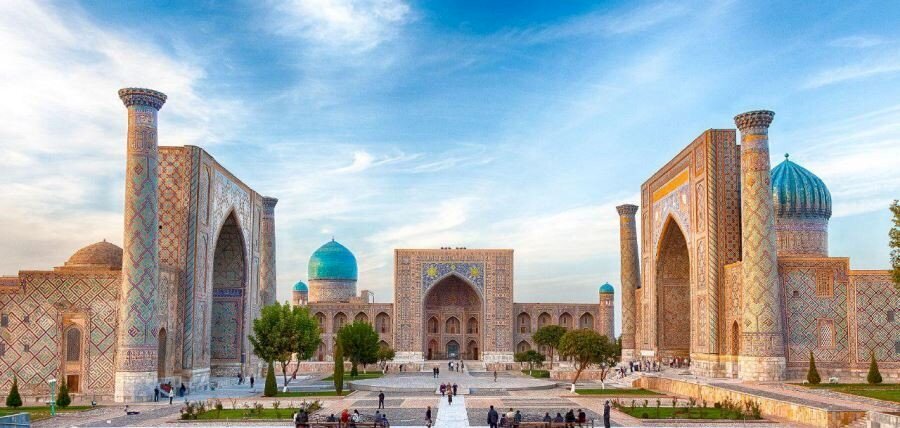Studying inscriptions from Islamic World necessary to realize Greater Iran, linguist says

TEHRAN – Studying historical inscriptions, which are native to cities of the Islamic World, is necessary to better realize Greater Iran, a linguist and cultural heritage expert has said.
“One of the necessities of studies in the field of cultural heritage and Iranian culture is to identify and study the historical inscriptions of the cities in the Islamic world, mostly the ones that were once a part of ancient Iran,” Nader Karimian said during a meeting at Linguistic Research Institute on Monday.
As the historical inscriptions in Samarkand (now in Uzbekistan) could reveal important knowledge and information on Iranian culture, history, and art, a research project was commenced on them by Iranian experts and scholars, he explained.
The project aimed at identifying the inscriptions of historical places and monuments of Samarkand related to the Islamic eras, introducing and promoting them as well as preparing a list of them, Karimian stated.
Samarkand inscriptions were one of the most important art forms during different historical periods, especially the Timurid-era (1370–1507), as most of this dynasty’s rulers were masters in art and calligraphy, he added.
“The Timurids paid special attention to art and architecture to fulfill the cultural and artistic goals, while religion played a key role in all their artworks as well.”
He also noted that building countless mosques, schools, and holy shrines as well as ordering religious manuscripts and inscriptions to the masters of the time were part of the Timurid's cultural agenda.
Another speaker at the meeting, Maryam Dana said that several metal artifacts related to Urartu, an ancient kingdom, have been found in Iran that their designs and patterns show many details about the art, culture, religion, and life of people of the time.
Dana, who is a faculty member of Iran’s Research Institute of Cultural Heritage and Tourism, also noted that the metal belts belong to this historical era, being kept in Reza Abbasi Museum, depict patterns of mythical or real animals, plants, or human.
The Timurid dynasty, self-designated as Gurkani, was a Sunni Muslim dynasty or clan of Turco-Mongol origin descended from the warlord Timur (also known as Tamerlane).
In the realm of architecture, according to the Encyclopedia Britannica, the Timurids drew on and developed many Seljuq traditions. Turquoise and blue tiles forming intricate linear and geometric patterns decorated the facades of buildings. Sometimes the interior was decorated similarly, with painting and stucco relief further enriching the effect.
The schools of miniature painting in Shiraz, Tabriz, and Harat flourished under the Timurids. Among the artists gathered at Herat was Behzad (died c. 1525), whose dramatic, the intense style was unequaled in Persian manuscript illustration.
The Urartu kingdom rose to power in the mid-9th century BC, but it went into a gradual decline and was eventually conquered by the Iranian Medes in the early 6th century BC. The Urartians were succeeded in the area in the 6th century BC by the Armenians.
Urartu, an ancient country of southwest Asia centered in the mountainous region southeast of the Black Sea and southwest of the Caspian Sea. Today the region is divided among Armenia, eastern Turkey, and northwestern Iran. As mentioned in Assyrian sources from the early 13th century BC, Urartu enjoyed considerable political power in the Middle East in the 9th and 8th centuries BC.
According to Encyclopedia Iranica, the territory of the ancient kingdom of Urartu extended over the modern frontiers of Turkey, Iran, Iraq, and the Republic of Armenia. Its center was the Armenian highland between Lake Van, Lake Urmia, and Lake Sevan. Urartian archeological finds in modern Iran including castles, settlements, water channels and other water constructions, rock chambers, rock graves, stelae, rock inscriptions, and building inscriptions.
ABU/AFM
